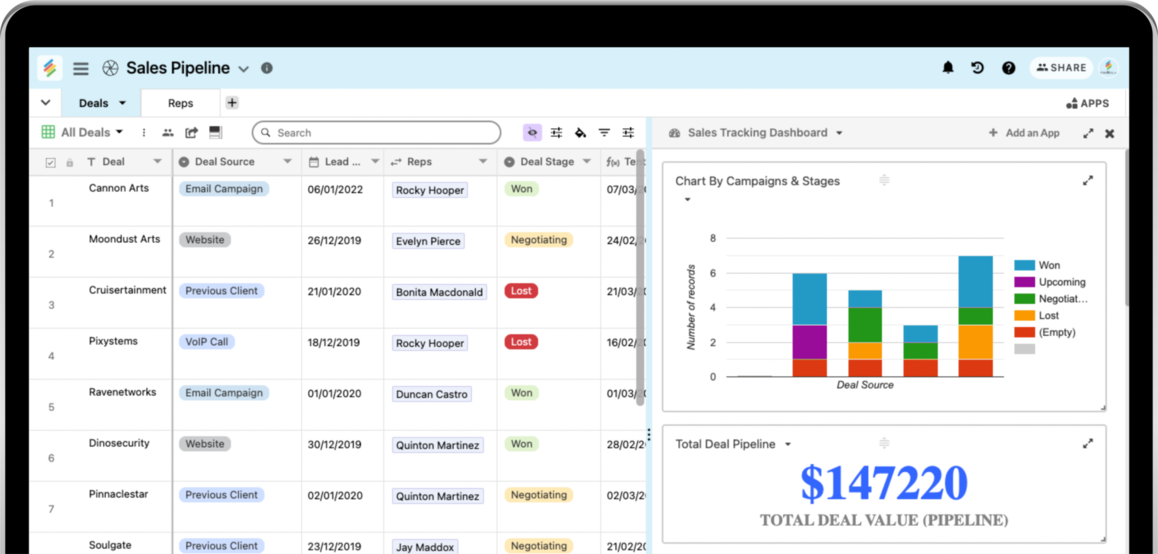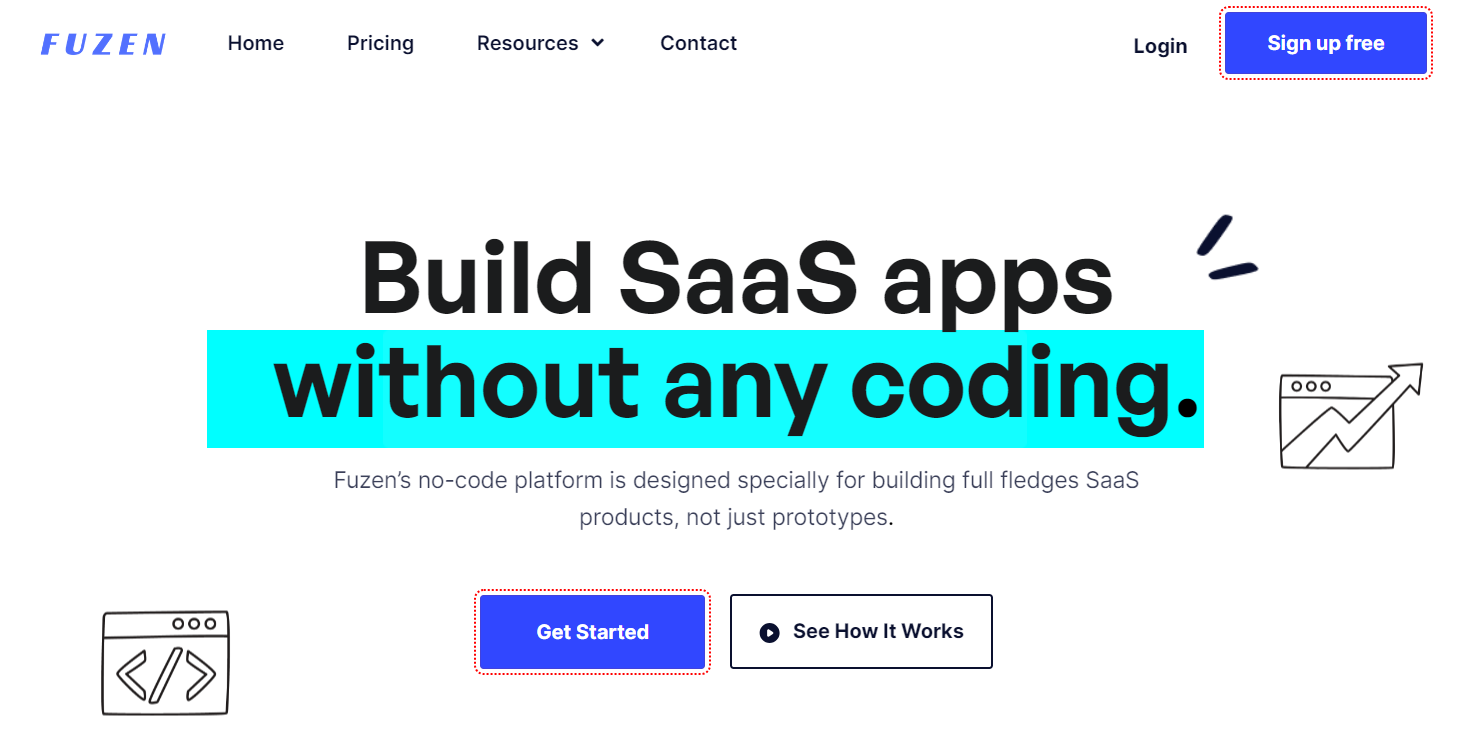No-Code Operating Systems for Open System Database Development: Save Time and Resources
No-Code Operating Systems for Open System Database Development: Save Time and Resources
Blog Article
Discover How Scalable Data Sources Can Be Made Use Of Without Coding to Enhance Your Service Operations
In today's hectic business setting, the capability to manage and assess data successfully is paramount. no-code. Scalable databases, especially when matched with no-code services, provide a transformative approach that equips non-technical customers to streamline operations.
Recognizing Scalable Databases
Scalable data sources are necessary for contemporary organization procedures, enabling organizations to efficiently handle boosting volumes of information without sacrificing efficiency. These data sources are developed to adjust and grow to the changing demands of a service, making sure that they can deal with bigger datasets and even more intricate questions as organizational demands develop.
Understanding scalable data sources entails identifying their two main kinds: vertical scaling and horizontal scaling. Upright scaling, or "scaling up," involves including even more power (CPU, RAM) to an existing server to improve efficiency. Conversely, horizontal scaling, or "scaling out," requires adding extra servers to disperse the load, which often results in greater flexibility and fault resistance.
One more vital element is the architecture of scalable data sources, which can be either non-relational or relational. Relational databases, such as MySQL and PostgreSQL, are structured and make use of SQL for inquiries, while non-relational databases, like MongoDB and Cassandra, provide even more flexibility with disorganized data.
Ultimately, recognizing scalable databases is important for services intending to take advantage of data as a calculated property, allowing them to remain affordable in a significantly data-driven atmosphere.

Benefits of No-Code Solutions
Unlocking the potential of no-code services equips services to streamline operations and boost performance without the need for extensive shows knowledge. These platforms enable non-technical users to develop, change, and take care of data sources easily, hence democratizing access to technology across groups.
Among the main advantages of no-code services is their rate of implementation. Organizations can rapidly deploy applications and automate processes, dramatically decreasing the moment invested on advancement cycles. This dexterity enables companies to react immediately to market changes and consumer needs, fostering an one-upmanship.
Additionally, no-code systems minimize dependence on IT divisions for day-to-day tasks, enabling technological teams to concentrate on even more complex projects that require specialized abilities. This change not just maximizes source allotment yet likewise advertises technology within the organization.
Cost-effectiveness is an additional advantage, as no-code solutions can lower advancement and maintenance expenditures. By lessening the need for coding knowledge, firms can harness the abilities of their existing workforce without the overhead of employing added personnel.
Popular No-Code Data Source Tools
The rise of no-code solutions has caused the introduction of numerous data source tools that satisfy businesses looking for effectiveness and ease of access. These devices empower customers with restricted technological know-how to produce, manage, and adjust data sources flawlessly.

Caspio attracts attention for its capability to build web applications with no coding. It allows companies to develop robust data sources and deploy applications quickly, catering to different industry demands. Flair offers effective data and straightforward user interfaces management capacities, making it possible for organizations to build personalized applications tailored to their workflows.

Use Cases in Organization Workflow
How can companies leverage data source devices to boost their procedures? Scalable data sources provide companies with powerful capacities to manage and analyze data without the requirement for considerable coding understanding. These tools can simplify numerous business processes, ultimately leading to enhanced efficiency and efficiency.
One noticeable use case is consumer directory partnership administration (CRM) Organizations can use scalable data sources to track consumer communications, preferences, and comments, enabling personalized interaction and far better solution. By systematizing this information, groups can collaborate much more successfully and react to customer requirements in real-time.
An additional why not find out more significant application is supply administration. Business can use no-code data source tools to keep track of stock levels, track deliveries, and forecast demand. This makes certain ideal stock degrees, minimizes waste, and decreases stockouts.
In addition, project management can gain from scalable databases by enabling teams to take care of tasks, due dates, and sources in a combined platform. With real-time updates and information visualization, project managers can make educated decisions.
Getting Going With Application
Implementing scalable data sources in organization operations calls for a structured strategy to make sure successful integration and use. The primary step is to perform a detailed needs evaluation, identifying details company requirements, data kinds, and expected growth patterns. This fundamental understanding will guide the selection of the appropriate data source remedy.
Following, pick an easy to use, no-code database system that aligns with your functional objectives. no-code. Several modern remedies use instinctive user interfaces, permitting non-technical customers to take care of data efficiently. After selecting a platform, establish a clear information architecture that lays out how information will be organized, accessed, and preserved
Training is important; guarantee that employee are browse this site outfitted with the essential abilities to use the database. Consider offering workshops or tutorials to acquaint staff with the system's performances.
Final Thought
In verdict, the assimilation of scalable data sources via no-code remedies provides significant benefits for service operations. Eventually, leveraging these modern technologies can lead to enhanced performance and operational efficiency, placing companies for sustained development in a competitive landscape.
One popular no-code data source device is Airtable, which integrates the performance of a spreadsheet with the power of a database.Just how can organizations leverage database devices to improve their procedures? Services can make use of scalable data sources to track consumer interactions, preferences, and responses, allowing tailored communication and far better solution.Applying scalable data sources in service operations requires a structured technique to ensure successful combination and application.In verdict, the assimilation of scalable databases through no-code services presents significant benefits for organization operations.
Report this page